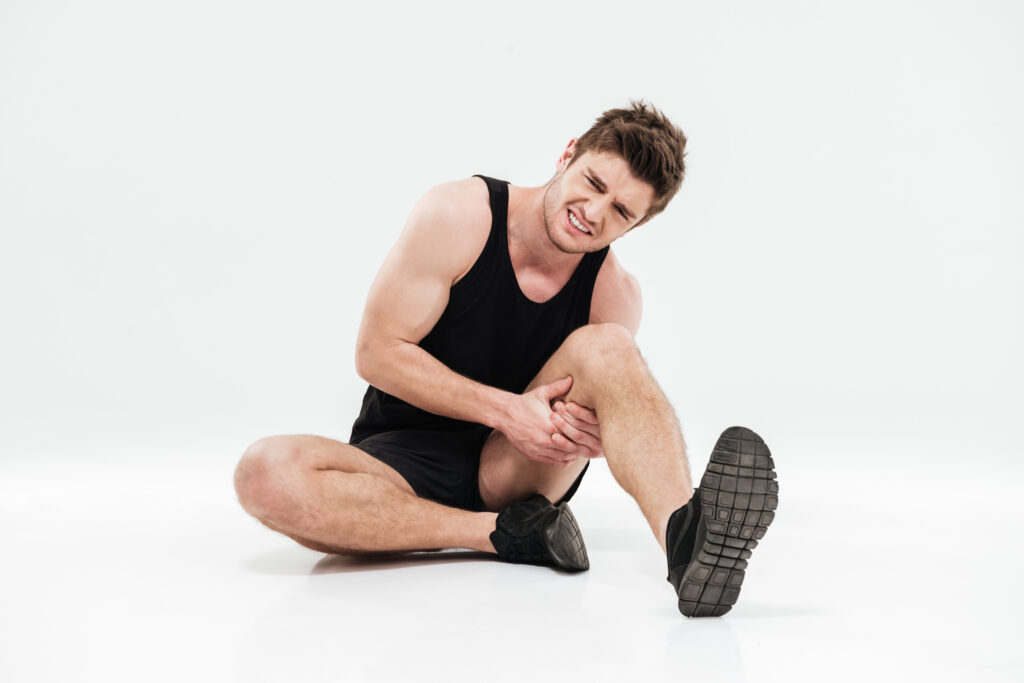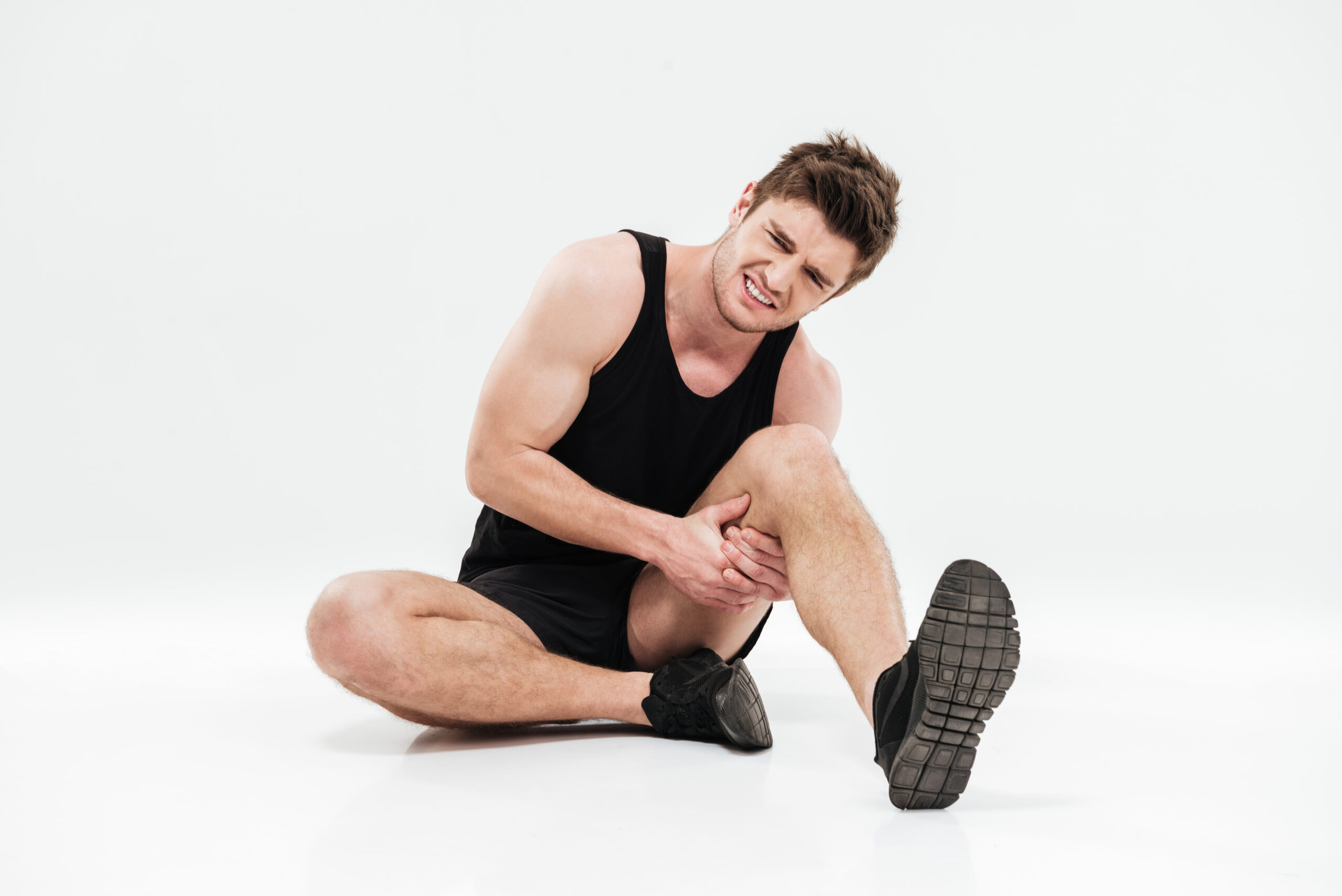What Are Joint Problems?
Our joints are the parts of our body where two bones meet, allowing us to move freely. They are crucial for doing everyday activities, such as walking, running, and even typing on a keyboard. However, over time, joints can become damaged or painful due to injuries, aging, or certain diseases. These are called joint problems

In this blog, we will look at the 10 most common joint problems people experience and discuss simple ways to prevent them. Whether you are a child learning about the body or an adult trying to protect your joints, this guide is for you!
1. Osteoarthritis (OA) – The Most Common Joint Problem
What is Osteoarthritis?
Osteoarthritis (OA) also known as wear and tear arthritis is the most prevalent form of arthritis. It occurs when the smooth, slippery tissue that lines your joints wears out and the bones start grinding on the other. This results in inflammation or painful and stiff joints at the affected area in the body.
How to Prevent It:
- Exercise Regularly: Daily practice also enhances the muscles connected to joints improving their stability.
- Maintain a Healthy Weight: Obesity causes stress on certain joints of the body, especially the knee and hip joints.
- Avoid Repetitive Movements: You should not overwork your joints in exercise, work, or any other physical activity.
2. Rheumatoid Arthritis (RA) – An Autoimmune Joint Problem
What is Rheumatoid Arthritis?
Rheumatoid arthritis (RA) therefore, is an auto-immune disease. This means that the body’s immunity will affect other tissues including the joints. This causes inflammation, pain, and at times, deformity especially the wrists, the knees, and fingers.
How to Prevent It:
- Early Diagnosis: If you are diagnosed with RA early then you won’t have severe joint problems. Regular check-ups can help.
- Stay Active: Swimming or a walk can be effective in minimizing inflammation among people with the condition.
- Follow Your Doctor’s Advice: If you have rheumatoid arthritis, you must go on the prescribed treatment to manage your conditions.
3. Bursitis – Joint Problem Caused by Inflammation
What is Bursitis?
Bursitis is a condition that results when the small sacs of fluid that surround your joints – known as bursae – become irritated. This normally involves the shoulder, the elbow, or the hip joint. It can be sore, especially if the joint is made use of in any way that calls for its operation.
How to Prevent It:
- Rest the Affected Joint: The first thing you should do when you feel that a certain joint is aching is wait it out.
- Avoid Repetitive Stress: Whether you’re at work, drawing, or playing sports, where there is throwing a ball, typing, or other forms of repetitive actions, then you need to do some stretching and flexing.
- Stretch Before Exercise: Initially, to avoid getting injuries as a result of muscle tension, get warm up and stretch your muscles.
4. Tendonitis – Inflammation of Tendons
What is Tendonitis?
Tendonitis is the thick cords that connect muscles to bones which become swollen. This frequently occurs in the shoulders, elbows, knees, and wrists producing pain and flexibility impairment.
How to Prevent It:
- Warm Up and Cool Down: Tendinitis can be prevented by taking time to exercise the muscles before and after participating in any rigorous activities.
- Use Proper Technique: When weightlifting or sporting always ensure you exercise with the right technique not to overstretch your tendons.
- Avoid Overuse: During activities that involve pulling or pushing, make some intervals to allow the tendons to heal.
5. Gout – Joint Problems from Uric Acid
What is Gout?
Gout is a type of arthritis that develops when solid crystals of uric acid form in joint spaces. It most often affects the largest toe, the big toe, and sufferers experience severe sharp pain and swelling.
How to Prevent It:
- Watch Your Diet: Reduce the consumption of foods containing purines, including red meat and seafood because they raise the level of uric acid.
- Drink Plenty of Water: Water intake is called for here because helps to eliminate uric acid from the body.
- Limit Alcohol: If you are suffering from gout, avoid alcohol because it makes the attacks worse.
6. Lupus – Autoimmune Disease Affecting Joints
What is Lupus?
Lupus is another autoimmune disease that tends to affect almost any organ in the body including the joints. It results in swelling, tenderness, and sometimes pain, usually in the articulations affecting the hand and wrist and the knees.
How to Prevent It:
- Protect Yourself from the Sun: If you have lupus, you’re encouraged to avoid using sunscreen because sunlight, both direct and artificial, can cause lupus flare-ups.
- Follow Treatment Plans: Lupus patients should adhere to their physicians’ recommendations for managing their lupus to avoid joint inflammation and destruction.
7. Dislocated Joints – Joint Problems from Injury
What is a Dislocated Joint?
Dislocation of a joint is a situation in which the bones in a joint become forced out of their usual position as a result of a fall or any form of impact. They include joint pain, inflammation, stiffness of the joint, and having issues in mobilizing the joint.
How to Prevent It:
- Wear Protective Gear: Although this may seem obvious, if you are in a sport or participate in any consequential activities always wear appropriate protective gear (such as knee pads, and wrist guards).
- Strengthen Your Muscles: Muscles around your joints are very important in that they reduce the impact on joints, and make sure they are in the right position.
- Be Careful with Movements: Do not engage in activities that are likely to endanger one’s life through falling or sustaining an important body part injury.
8. Sciatica – Nerve Pain Affecting the Lower Back and Legs
What is Sciatica?
Sciatica is the shooting pain that results from nerve compression in the lower spine and its branches to the legs. It may produce an acute sensation of pain and tingling or numbness in an area of the limb, usually the hip or the knees.
How to Prevent It:
- Stretch Regularly: Many scientists believe that stretching can help alleviate the pressure put on the sciatic nerve.
- Good Posture: It is recommended to sit and stand properly while in a workplace to avoid sciatica.
- Avoid Lifting Heavy Objects Improperly: In all cases always bend your knees when lifting something so that you don’t exert so much pressure on your back.
9. Frozen Shoulder – Stiffness in the Shoulder Joint
What is a Frozen Shoulder?
Frozen shoulder is the medical term used to describe stiffening of the shoulder joint also referred to as adhesive capsulitis. It can be challenging to bend or flex the arm or to raise or lower it.
How to Prevent It:
- Stretch: Gentle stretches can help prevent stiffness.
- Post-Surgery Care: If you have had shoulder surgery, follow your doctor’s physical therapy recommendations to prevent a frozen shoulder.
10. Juvenile Arthritis – Joint Problems in Children
What is Juvenile Arthritis?
Juvenile arthritis is arthritis that occurs up to the age of 16 years old and it is mainly four types. It produces inflammation and discomfort in joints and the joint is uncomfortable for a child to move and play.
How to Prevent It:
- Early Treatment: The condition of juvenile arthritis can be successfully treated if the child follows the recommended medical regimen.
- Encourage Physical Activity: People can avoid joint stiffness and muscle weakness by exercising their muscles and bones by moving regularly.
- Healthy Diet: It is worthwhile to avoid tiredness, rickets, and osteomalacia, all of which may provoke joint pain, and follow a diet containing vitamins and minerals in adequate amounts.
Common Joint Problems and Prevention Tips
| Joint Problem | What It Is | Prevention Tips |
|---|---|---|
| Osteoarthritis | Wear and tear of cartilage | Regular exercise, healthy weight, avoid overuse |
| Rheumatoid Arthritis | Autoimmune disease causing joint inflammation | Early diagnosis, stay active, follow treatment plans |
| Bursitis | Inflammation of the bursae | Rest, avoid repetitive stress, stretch before exercise |
| Tendonitis | Inflammation of tendons | Warm up, use proper technique, avoid overuse |
| Gout | Uric acid buildup in joints | Protect from the sun, follow treatment plans |
| Lupus | Autoimmune disease affecting joints | Early treatment, encouraging physical activity, healthy diet |
| Dislocated Joints | Joint bones forced out of position | Wear protective gear, strengthen muscles, avoid risky movements |
| Sciatica | Nerve pain in the lower back and legs | Stretch, maintain good posture, lift properly |
| Frozen Shoulder | Stiffness and pain in the shoulder joint | Keep moving, stretch, follow post-surgery care |
| Juvenile Arthritis | Arthritis in children | Early treatment, encourage physical activity, healthy diet |
Keeping Your Joints Healthy
By extension, it is clear that joint problems develop and lead to pain, which hinders everyday operation. But if you adopt some correct measures such as regular exercise, a proper diet, and avoiding overuse of the same joint, it helps in preventing many joint disorders. It is very important to remember that even as a young one, or as an adult, these joints require some measure of care so that when you are a grown-up, you won’t have to complain of joint pains.
As always, if you have pain or stiffness in a joint, you should visit your doctor to receive a prescription. So Says Dr. Oz – Keep on Trekking! Keep on Rolling.
